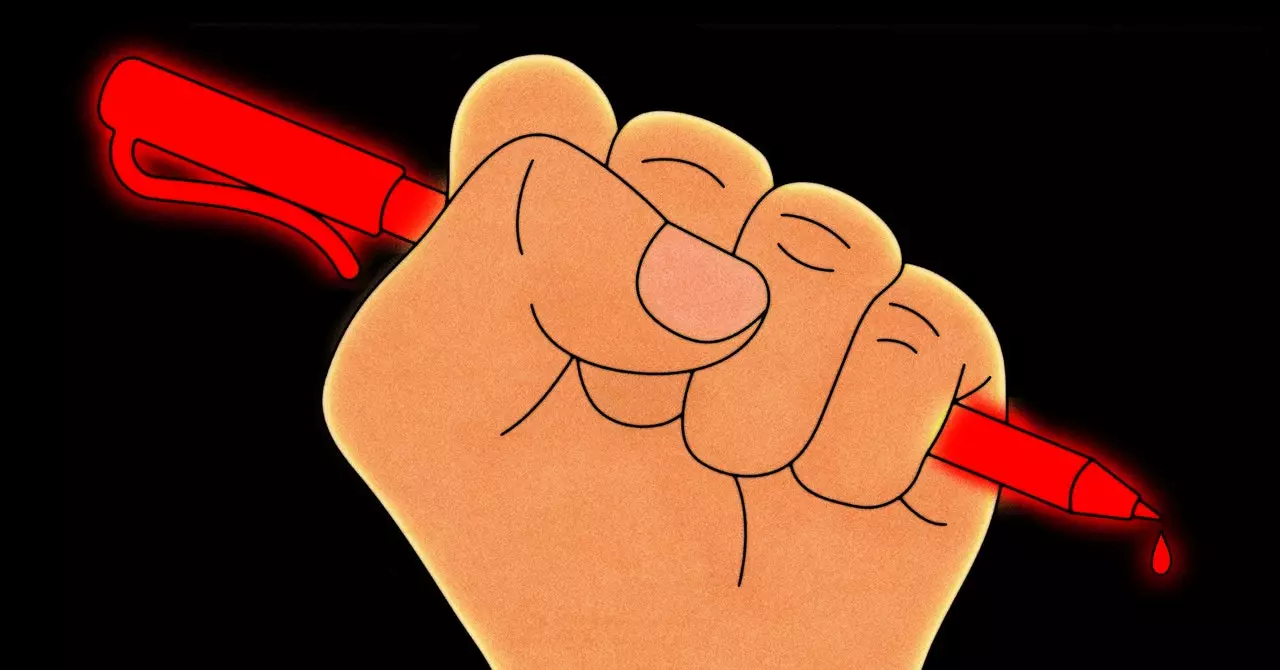In the spring of 2020, a seemingly obscure legal battle between Thomson Reuters and the AI startup Ross Intelligence emerged, igniting a larger conversation regarding the intersection of copyright law and artificial intelligence. Thomson Reuters, a powerhouse in media and technology, accused Ross of infringing US copyright law by reproducing content from Westlaw, its proprietary legal research database. At the time, such a lawsuit went largely unnoticed by the broader public, overshadowed by the tumult of the COVID-19 pandemic. However, this foundational case has grown in significance, marking the inception of an ongoing legal crisis that has mobilized numerous content creators and AI companies to the courtrooms.
The implications of this legal confrontation ripple throughout the information ecosystem and could potentially reshape the AI landscape in profound ways. As the technological world rapidly evolves, what may have seemed like a niche legal squabble foreshadowed the epic showdown between traditional content publishers and the burgeoning AI industry. With rapidly evolving technologies and increasing reliance on data for AI training, the boundaries of copyright law face unprecedented scrutiny.
Since that initial case, a wave of copyright lawsuits has surged and diversified, pulling in plaintiffs ranging from individuals like authors Sarah Silverman and Ta-Nehisi Coates to prominent music corporations like Universal Music Group. This colorful array of complainants underscores the pervasive concerns about the manner in which AI companies utilize copyrighted material without explicit consent. Many allege a growing epidemic of intellectual theft, as these AI behemoths build their capabilities on a foundation of unlicensed content, potentially undermining the livelihoods of countless creative professionals.
With this surge of litigation, it becomes evident that AI companies frequently defend themselves under the “fair use” doctrine. This legal principle allows the use of copyrighted material without permission under certain circumstances, such as criticism, satire, or educational usage. However, these defenses are increasingly contested, sparking intense legal debates regarding what constitutes fair use in an era of AI development. As established norms around copyright come under pressure, these cases highlight the gray areas of law that technology often finds itself navigating.
Prominent names in the AI arena, including OpenAI, Meta (formerly Facebook), Microsoft, Google, Anthropic, and Nvidia, have all found themselves embroiled in these legal battles. The spectrum of cases—ranging from music to literary works—brings into sharp focus the dynamics of rights holders and the AI sector, creating an urgent call for clearer regulations concerning AI training models. WIRED has stepped up to monitor these evolving situations, employing visualizations to contextualize the complex relationships between litigants, claims, and outcomes throughout the unfolding drama.
Among these cases, Thomson Reuters v. Ross Intelligence remains a key focus. The proceedings have become protracted and more intricate than initially anticipated. Originally set for trial earlier this year, delays now characterize its trajectory. The legal costs incurred have ultimately shuttered Ross Intelligence, rendering it a poignant example of how litigation can dismantle nascent technology enterprises amid legal ambiguity.
The consequences of this legal battle are poised to impact not only the industries of copyright holders and AI companies but also shape the broader landscape of technology and information sharing. As these landmark cases progress, the decisions made will serve as trailblazers for future cases and potentially determine the legal frameworks within which AI systems operate. Will they be able to continue leveraging existing datasets without permission? Or will new precedents dictate a more stringent approach towards the use of copyrighted material?
Ultimately, the outcomes of these legal skirmishes could catalyze critical adaptations in how AI technologies are developed, prompting a reassessment of intellectual property rights in the digital age. As the dust settles from the current legal fracas, we stand on the precipice of a transformed relationship between creativity and technology, pushing society to reconsider what constitutes innovation in an era dominated by artificial intelligence. The stakes couldn’t be higher, as the balance of power between technology companies and the rights holders of creative works hangs in the balance, waiting for resolution in the courts.

